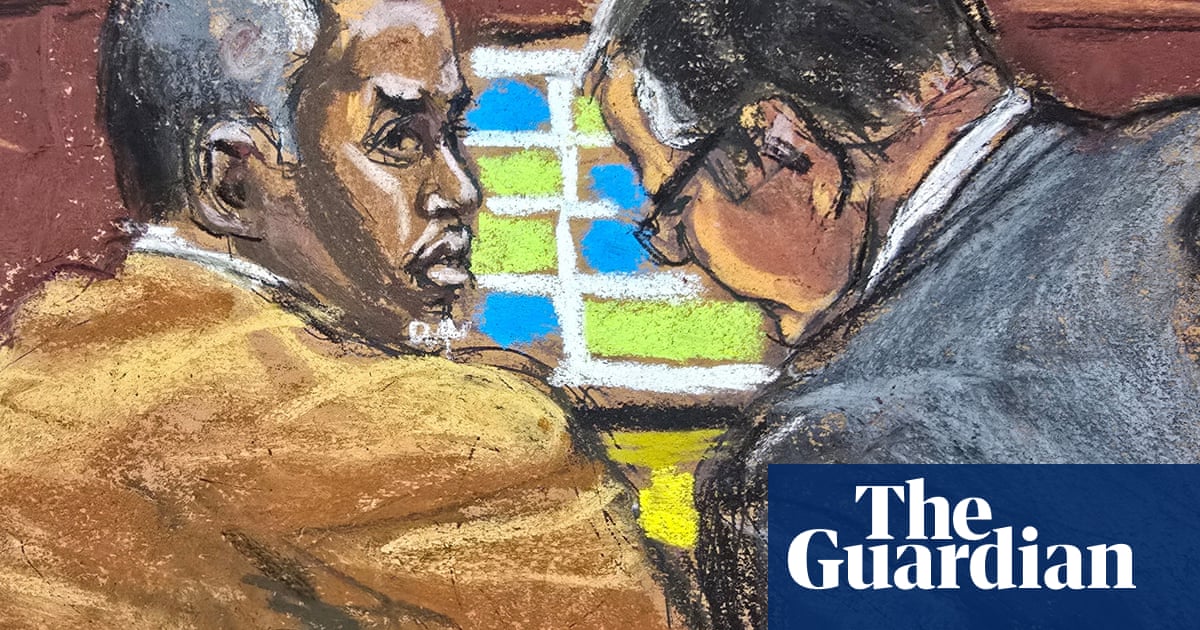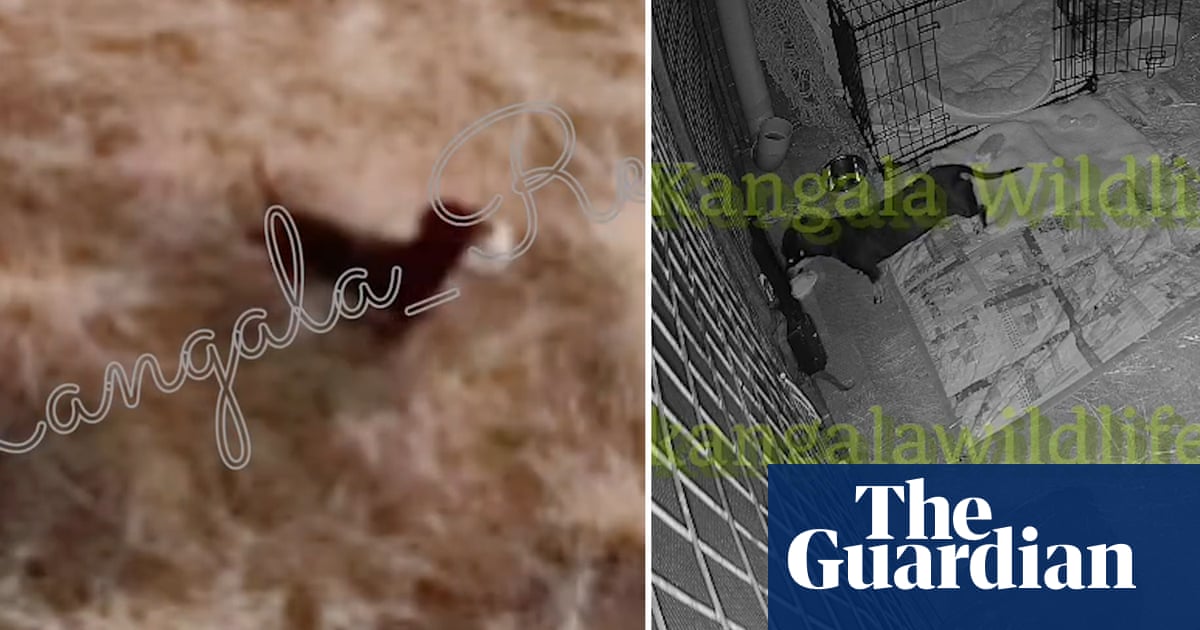When I was 12 years old, my parents moved my sister and me to Aix-en-Provence, the birthplace of and inspiration to Paul Cezanne. In truth, Cezanne had nothing to do with their choice of destination. But his mountain was the one thing my father knew of the region. He was three years into a four-year fine art degree (he painted portraits of the two of us daughters for his finals), steeped in painting and its history.
When we landed at Marignane airport in nearby Marseille on 29 August 1989, a wildfire was ravaging the Sainte-Victoire, that celebrated mountain subject of so many of Cezanne’s works. In the tumult of the days that followed – our family unhoused, the mountain unrecognisable – my father hustled between estate agents with the sound of sirens ringing in his ears. “Cezanne must be turning in his grave,” he remembers one saying.
In the 119 years since he died, Cezanne (no acute accent; it’s how he spelled it himself) has been crowned the father of modern art. It’s the lineage a host of disparate painters claimed in his wake. For Matisse he was “the father of us all” and for Picasso, “the mother who protects her children”. Futurists, cubists and fauvists felt the same. The symbolists said his was “pure painting”. And Gauguin, well: he bought six Cezannes when he was flush and only parted with them under duress when he wasn’t, having said, of the fabled Still Life with Fruit Dish from 1879-80, that he’d sooner sell everything he owned than lose it.
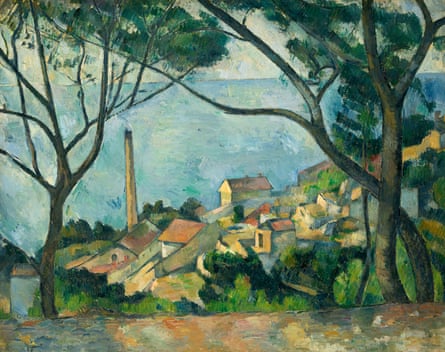
Aix, by contrast, has mostly been famous for hardly owning any Cezannes at all: first because it didn’t care to and then, when it was too late, because it couldn’t afford to. This summer the town celebrates Cezanne 2025, a season dedicated to rewriting that story. The town set aside a budget of €26m for the full programme. This has included restoring and opening to the public the Bastide du Jas de Bouffan (the family’s country home of 40 years); the Lauves studio to the north; and the Bibémus quarries in the foothills of the Sainte-Victoire where Cezanne often worked. Also included is a major exhibition at the Musée Granet, which opens today28 June, and reassembles for the first time works now housed in museums all over the world that Cezanne made in Aix; along with three other exhibitions in the town and a programme of live events. It is a family reunion.
I have come back home to retrace Cezanne’s footsteps, literally, in a kind of reductionary process I liken to the expert restorers’ painstaking scraping off of decades of paint and paper on the walls of the old bastide. Growing up in Aix, “Cezanne” was a local lycée, “Bibémus” the rocks on which I learned to boulder, and the “Jas”, the neighbourhood in which I learned to drive. Returning to Aix, I want to walk where he walked to scrape these words back to their earlier meanings – to let these familiar landscapes be his once again.
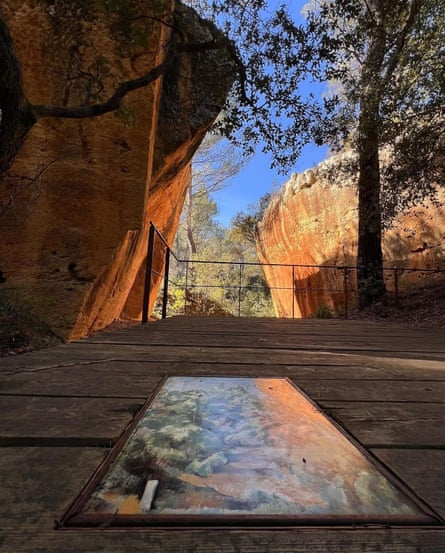
Cezanne was born in 1839 in the old town centre. He lived in various homes in these narrow streets and, at 13, befriended the author Émile Zola on the school benches of the Collège Bourbon, now the Collège Mignet. His hatmaker father, Louis-Auguste, made so much money selling rabbit-skin wares (the big Aixois industry of his day) that he invested in a bank, in the process becoming even richer.
When Cezanne was 20, his father purchased the bastide as a country retreat. From then on, and until his mother’s death in 1899, it would be what the president of the Société Paul Cezanne and co-curator of the exhibition, Denis Coutagne, calls “the centre of gravity” of Cezanne’s world. It is where he painted his first big works as a twentysomething, directly on to the decorative walls of the ground-floor Grand Salon.
Recent restorations have revealed further Cezannes no one knew about – a scene of a port entrance he then partly painted over with a scene of a game of hide and seek. When the latter was removed to canvas by the home’s new owner, along with the Four Seasons and other famous panels, and sold on to museums, these fragments were simply papered over and forgotten about. In 1880, Louis-Auguste, who definitely viewed the property as something to boast about, nonetheless built Cezanne a studio: an enviably large room on the top floor, with a remarkably modern double-height window that bluntly interrupts the symmetry of the mansion’s facade. As Laforest puts it, that in itself puts paid to the myth that the father did not support the son’s endeavours.

I stand at the window. But for the military row of cypress trees forming an extra barrier inside the property wall to the right, I know the mountain is right there. On clear days, from the Jas, it appears as a perfect Matisse-like cutout in pale blue against a paler sky. Musée Granet director Bruno Ely, the other co-curator of the exhibition, tells me that the 1989 fire brought the Sainte-Victoire back to something closer to what Cezanne knew: the pine forest that was burning when I arrived is a 20th-century phenomenon. In the 19th century, all these hills were kept closely cropped by flocks of sheep.
From the bastide to the Bibémus quarries takes about an hour and a half on foot. Cezanne would hitch a ride with a driver and a cart to get a bit closer, but once in what are now Aix’s north-eastern heights, he’d still have to walk an hour to reach the quarry. As I’m walking – from the bastide to the quarry to the dam Zola’s father built and down into Le Tholonet, where Cezanne lived later on; then back into town along the petite Route du Tholonet, which culture minister André Malraux had listed and renamed as the Route Cezanne in 1959 – I watch the mountain, this constant presence.
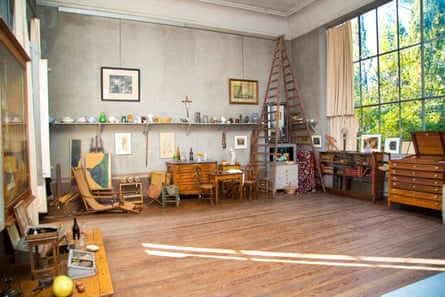
You might say that the Mont Sainte-Victoire, as he called it, was to Cezanne what Rouen Cathedral was to Monet. However, his approach was completely at odds with the impressionists’. Monet recorded the changing light: it’s right there in the titles (“grey skies”, “sunshine”, “at sunset”). By contrast, Cezanne’s concerns, as Coutagne puts it, are “never documentary”, “never meteorological”, never about “the instant”. In 1876, Cezanne writes to a friend about olive trees having a greyish colour that is “permanent”. Matisse, Cezanne’s junior by 30 years, understood this. He wrote to a friend in 1918 that “the olive trees are so beautiful at this hour: the full light of day is magnificent, but frightening. I find that Cezanne conveyed it well, happily not in its brilliance, which is unbearable.” Light, sure, but not changing light; essential light.
after newsletter promotion
Art historians have long landed on the notion of “thingness”, to describe what Cezanne sought: not the way a thing looked, but what it was. His allegiance to the supremely local isn’t about identifying with the place, but rather that every rock or tree or house he painted is one he saw. That specificity is what makes his work so profoundly, universally resonant.
What makes Cezanne’s paintings so radical is how he arrived, as Coutagne puts it, “like a meteor … Nothing, no one prefigures him.” His oeuvre resolutely denies the illusion of all the figurative painting that came before him. It forces the viewer to reckon with his painted surface, to not be duped into thinking that said painting is a window on to the world.
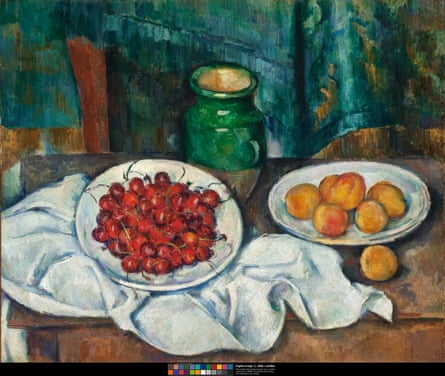
Cezanne’s Lauves studio, which he built in 1901, is a building site when I visit, inaccessible until later in the summer. Fresh apples have usually been displayed here, much like the fresh lemon left on a pewter plate in the Kettle’s Yard gallery in Cambridge, displayed to echo the yellow dot in Joan Miró’s Tic Tic, which hangs on the adjacent wall. But perhaps this is why I’ve never been much inclined to go inside the Lauves studio: with Cezanne, I want to see his apples – that painted appleness – not fresh fruit. Virginia Woolf once wrote about her sister, Vanessa Bell, persuading John Maynard Keynes to lend them a tiny Cezanne he’d just bought – a 1878 still life of seven apples titled Pommes – because their friend Roger Fry wanted to copy it. “Nessa left the room and reappeared with a small parcel about the size of a large slab of chocolate. On one side are six [sic] apples by Cezanne. Roger very nearly lost his senses. I’ve never seen such a sight of intoxication. He was like a bee on a sunflower. Imagine … us all gloating upon these apples. They really are very superb.”
I finish with a visit to Cezanne’s grave in the Saint-Pierre Cemetery. I add a pebble to a few already perched on its aged surface and think about Patti Smith. Her A Book of Days is filled with Polaroids of the headstones of authors she’s visited: Rimbaud, Camus, Woolf, Jean Genet. While you can buy a novel for a tenner or read it for free at a library, visiting a writer’s grave offers something else, something closer to the unique experience of holding a handwritten manuscript or seeing where the writer sat to write it. A painter’s grave though? Standing here, I am both moved and left wanting. It’s his actual paintings I want to see. And to see Cezanne originals, you normally have to go on a grand tour, a modern-day pilgrimage, to the big museums of the world. This July, they are, remarkably, all coming to Aix. So I’m heading home again this summer to see those, too.
Cezanne at Jas De Bouffan is at Musée Granet, Aix-en-Provence, France, from today to 12 October.

 3 hours ago
2
3 hours ago
2













